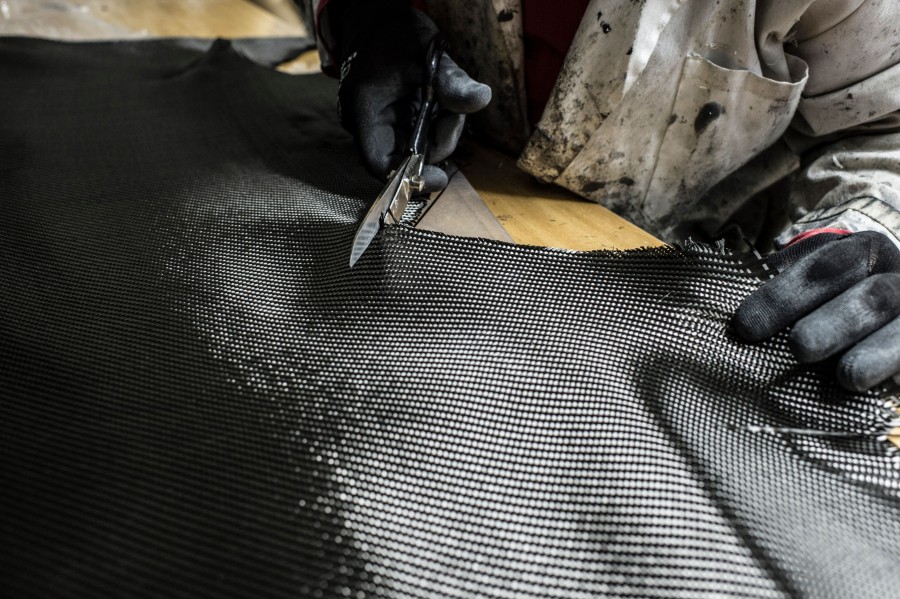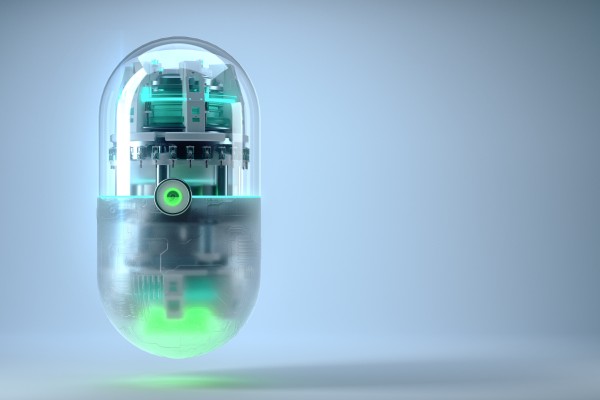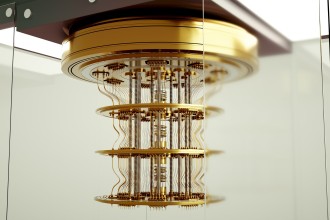-
2.Food sector
-
4.Automotive
-
5.To Conclude
Medicine and healthcare
In the medical field, the future holds the possibility of autonomous nanorobots, as thin as human hair, being able to detect and kill cancer cells in the body. While this is still in the distant future, controlled drug release using nanotechnology may soon be feasible. Among other things, research is being conducted on the release from liposomes through heat difference and light.
Of course, there are also companies not only researching nanotechnology but already offering applications. In the medical field, active ingredients can be delivered to the right place in the body in a more targeted manner and, if necessary, released with a delay. The nano-coating of artificial joints or dental implants has also shown positive effects. The implants were better accepted by the body.
Food sector
In the food sector, nanotechnology can have numerous applications. It can be used to keep food fresh for a longer time and substances such as vitamins, aroma or minerals can be protected by nanostructures during processing.
For example, the colorant beta-carotene is used in the production of yellow or orange drinks, although carotenes can only dissolve in fat and not in water. The solution lies at the nano level: the colour particles are surrounded by starch and can thus also be used in aqueous beverages. In Germany, foods that contain nanomaterials as additives are labelled by E-numbers.
Textile and Fabric
In the textile sector, nanotechnology is mostly used in the coating of fabric fibres or the incorporation into them. For example, fabrics are refined with nanoparticles to better protect the fabric from dirt, water and sun. This is particularly practical for outdoor clothing, kitchen aprons, tents or umbrellas. In the future, we can look forward to 'smart clothes' that can monitor bodily functions such as pulse rate with sensors that are invisible for the human eye.

Automotive
The automotive industry uses nanotechnology primarily to improve the comfort and safety as well as the environmental compatibility of the products. With very scratch-resistant nano clearcoats, greater resource efficiency can be achieved because the layers no longer must be applied as thickly as conventional paints. This saves mass and thus also fuel.
Nanotechnology is also used in and on many other parts of a vehicle: sensors, tires, air filters and LED headlights are just a few examples.
To Conclude
The surface properties can exhibit new effects and specific functions can be achieved due to the nano size of the materials. This is already being used extensively. The application areas of nanotechnology are so diverse that the potential for innovation is huge.
Quickscout
Looking for suitable
technology providers?
Start scouting!






